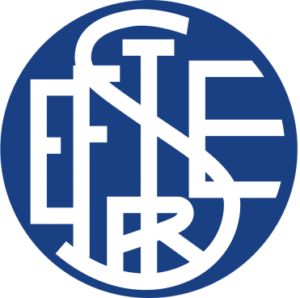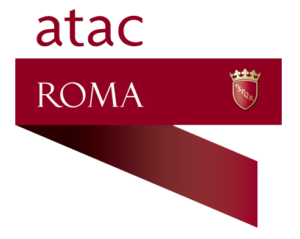Roma
S.T.E.F.E.R.
STEFER (Società Tranvie E Ferrovie Elettriche di Roma – “Electric Railways and Tramways company of Roma”) was founded in 1899, and it operated most of Rome’s pubblic transport network: some busses, interurban tramways (including the famous “Tranvie dei Castelli Romani”), regional railways (the Roma-Lido, and the Roma-Fiuggi-Frosinone narrow gauge lines since 1941 and the Roma-Viterbo Line since 1970) and Italy’s first subway line, today’s Line B, wich was opened in 1955.
In 1976, STEFER was restructured as the ACOTRAL company.
ACOTRAL, COTRAL and Met.Ro.
ACOTRAL (Azienda Consortile TRAsporti Laziali – “Lazio Transportation Consortium Agency”) was formed in 1976 with the restructuration of the STEFER company and the merge of several suburban and interurban bus companies. In 1993, it was restructured as COTRAL, now becoming a pubblicly-owned, regionally-managed consortium, and in 2000, it was split into two separate companies: Li.La (Linee Laziali – “Lazio Lines”, later re-named back to COTRAL) the interurban bus operator, and MetroFerro (later renamed Met.Ro.), the “heavy rail” operator responsible for subways and regional railways. Tramways and urban busses were handed over to the ATAC company. In 2010, both companies were restructured again, with Met.Ro. being merged into ATAC.
A.T.A.C.
ATAC (Azienda Tramvie e Autobus del Comune di Roma – “Rome city council company for busses and tramways”) was formed in 1909, operating some minor busses, trolleybusses and tramway lines. ATAC’s both tramways and trolleybus lines were closed by the late 1960s, with the company becoming a bus-only operator in 1972, running most of Rome’s urban bus services.
In 2010, ATAC absorbed the Met.Ro. regionally-managed company, wich operated Rome’s subway and regional railways.
As of today, ATAC operates Rome’s urban busses, tramways, subway and regional railways. Due to a dreadful and gross mismanagement, nepotism, corruption and incompetence, ATAC is famous (and laughed at) for being one of the worst pubblic transportation companies in europe. One of it’s lines, the Roma-Lido Line, constantly ranks (tie-in with EAV’s ex-SEPSA Cumana and Circumflegrea Lines) as Italy’s worst railway line.
Napoli
Metronapoli and ANM
Operates Napoli’s pubblic transport system, wich is made up of busses, trolleybusses, a small tramway network, four funiculars (Montesanto, Chiaia, Centrale and Mergellina) and two unconnected subway lines: Line 1, the full-sized “Metropolitana Collinare” (“Hillside Subway”) and Line 6, wich is currently closed, and was part of the old LTR project (“Linea Tramviaria Rapida” – “Rapid Tramway Line”).
Originally two separated companies, in 2013, Metronapoli (wich operated the two subway lines) was absorbed into ANM, the municipal transportation bureau of Napoli.
Between 2002 and 2005, Metronapoli also briefly operated Line 2, Napoli’s underground urban railway service, wich before and after Metronapoli’s small tenure, was run by the FS, the Italian national railways.
Genova
AMT (Azienda Municipalizzata Trasporti)
Genova’s municipal pubblic transport operator, AMT operates a network formed of 140 urban bus lines, a 14Km-long trolleybus line, a 7Km-long subway line (operated with Light-Rail-esque vehicles), a considerable water bus network, two funiculars and five pubblic elevators, among those the highly unique and unconventional Ascensore Castello D’Albertis-Montegalletto.
Since 2010, AMT also manages the Genova-Casella railway, a beautiful and scenic 24Km-long 950mm narrow-gauge mountain railway electrified at 3000v DC that winds up it’s way trough the appenine mountains, connecting Genova to the small town of Casella.





